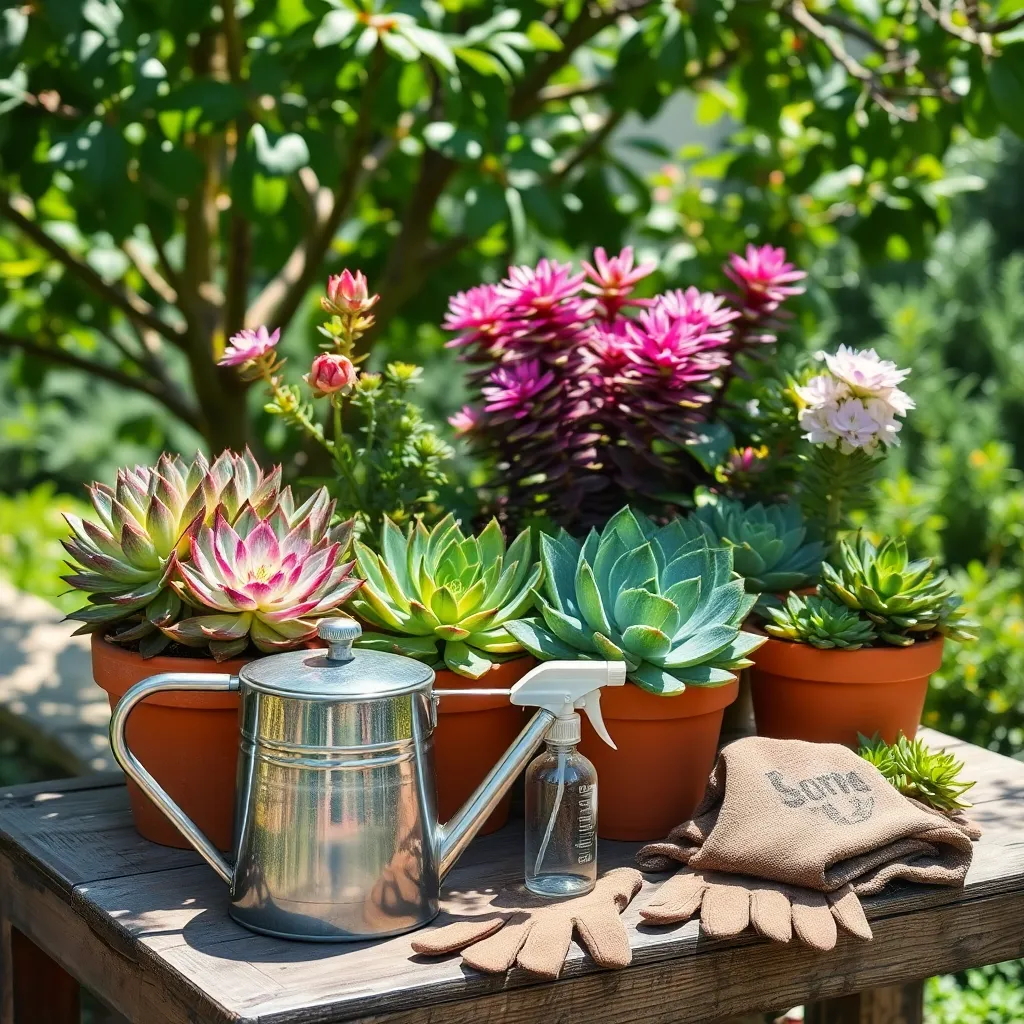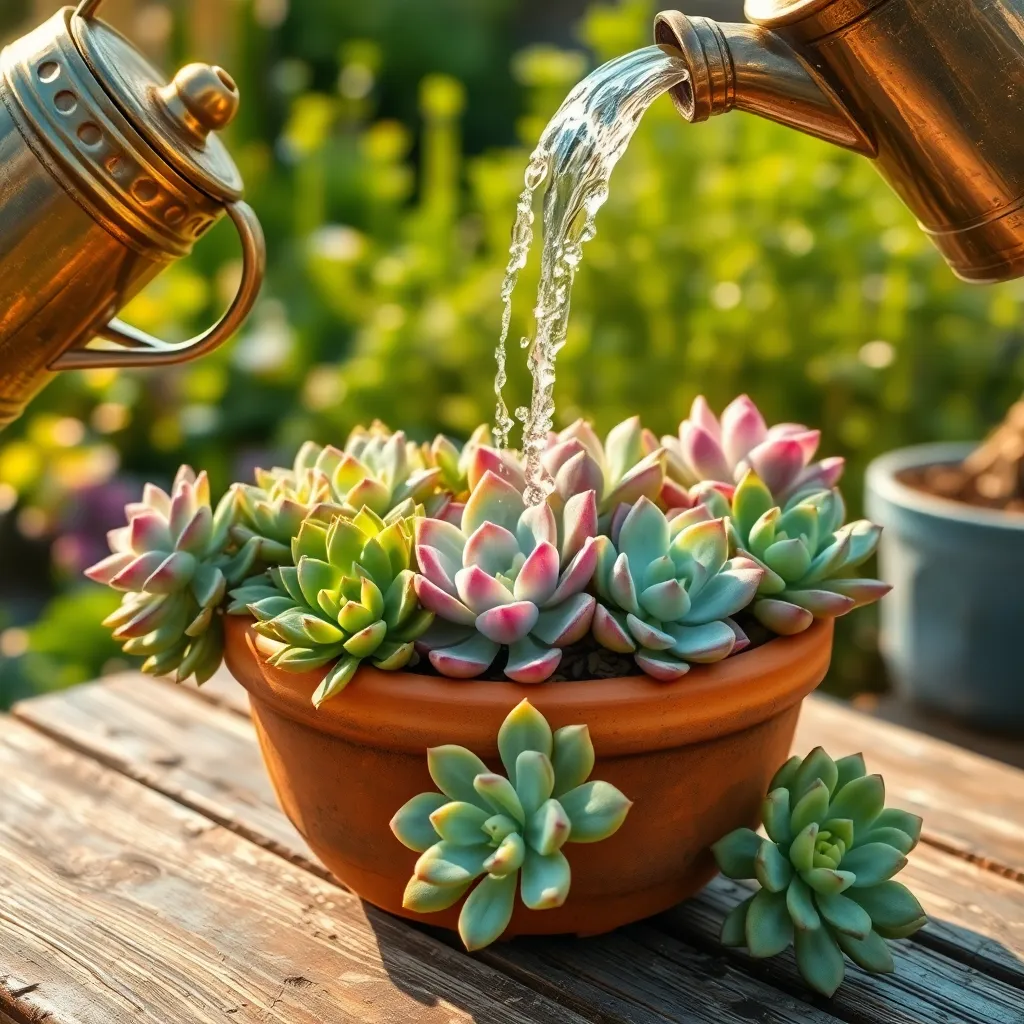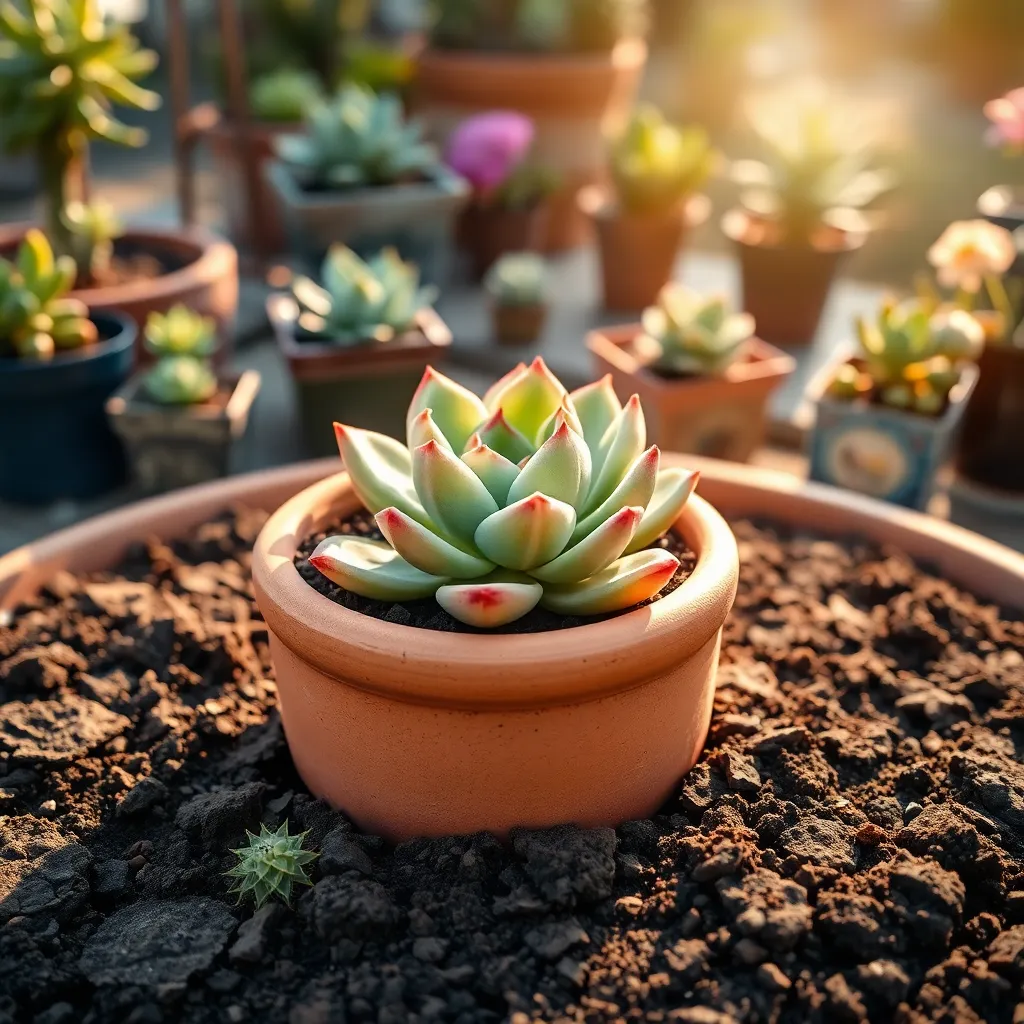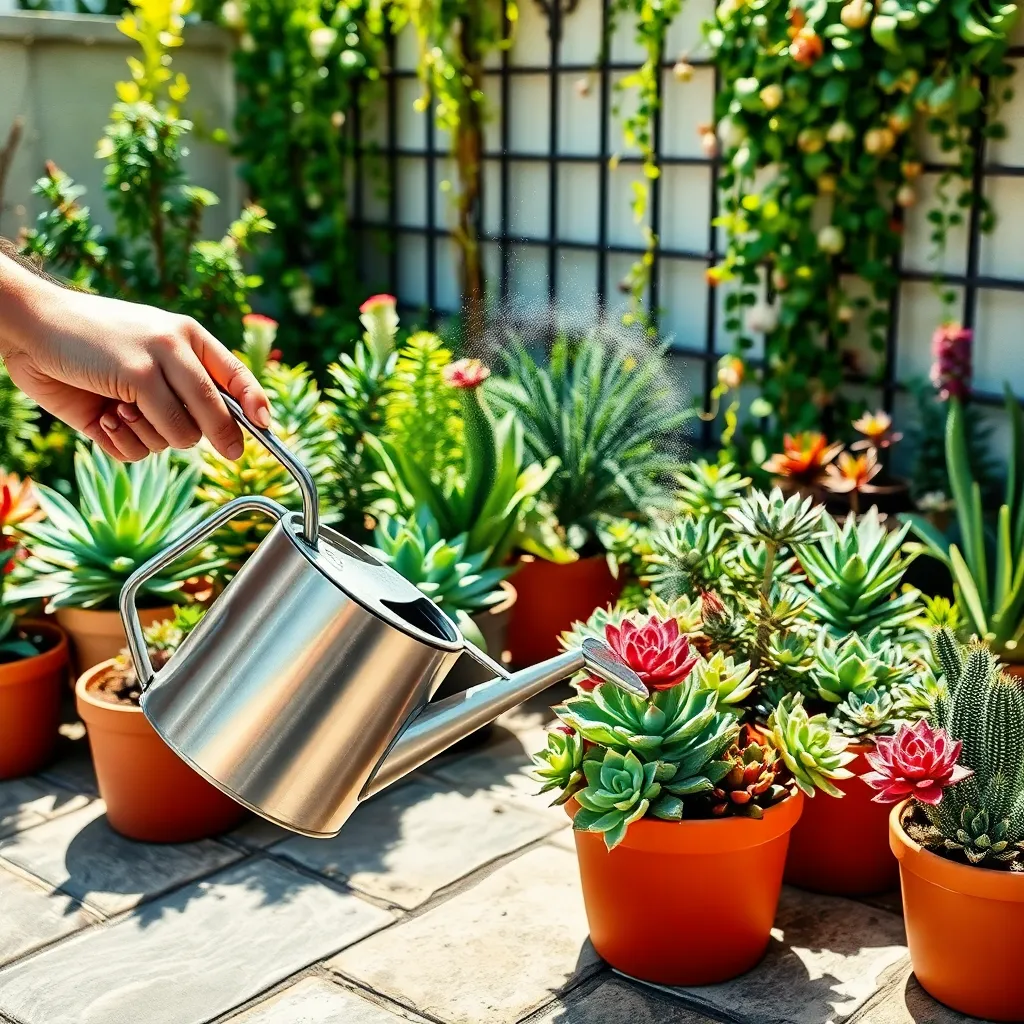Gardening is a delightful journey, and whether you’re just beginning or have nurtured countless plants, succulents have likely caught your eye with their captivating allure. Yet, these resilient beauties hold a secret—mastering their watering needs is the key to unlocking their full potential. Understanding the art of watering succulents can make the difference between a thriving collection and a wilting display.
For beginners, this article will demystify the essentials of succulent hydration, helping you avoid common pitfalls with simple, effective techniques. Experienced gardeners, on the other hand, will discover nuanced insights that refine your skills and enhance your plant care repertoire. You’ll learn the signs of over- and under-watering, the best watering schedules, and tips to adapt your approach to various climates and environments.
Embrace this opportunity to deepen your connection with these fascinating plants, as we guide you through the intricacies of their care. By the end, you’ll be equipped with practical knowledge and newfound confidence to keep your succulents healthy and vibrant. Together, let’s cultivate a garden that is not only visually stunning but also tells the story of mindful, caring stewardship.
Assess Your Succulent’s Needs

Understanding your succulent’s needs is crucial for proper watering. Succulents have unique requirements due to their ability to store water in their leaves, stems, and roots.
First, consider the type of succulent you are growing, as different species may have specific needs. Research your particular succulent variety to determine its ideal care and watering schedule.
Next, assess the environment in which your succulent resides. Factors like light exposure, humidity, and temperature can significantly impact how often you should water your plant.
Pay attention to the soil quality, as succulents thrive in well-draining soil to prevent root rot. Consider using a specialized cactus mix or creating your own blend with sand and perlite.
For beginners, a simple rule of thumb is to water when the soil is completely dry. Advanced gardeners might use a moisture meter for precision, ensuring the roots are neither too dry nor waterlogged.
Lastly, observe your plant’s physical signs to adjust your watering routine. Wrinkled or shriveled leaves may indicate underwatering, while mushy or translucent leaves suggest overwatering.
Select Suitable Watering Tools

When watering succulents, selecting the right tools is crucial to ensure they receive just the right amount of moisture. A watering can with a narrow spout is an excellent choice as it allows for precise watering, reaching the base of the plant directly without splashing water on the leaves.
Consider using a squeeze bottle, especially for smaller succulents or arrangements in tight spaces. This tool offers greater control, helping to avoid overwatering by delivering water exactly where it’s needed, one plant at a time.
For those who prefer a more hands-off approach, a drip irrigation system can be a game-changer. These systems can be set up to provide a slow, steady supply of water, which is perfect for succulents that thrive on deep, infrequent watering.
It’s important to adjust your watering tool based on the size and number of your plants. A large collection might benefit from a hose with a gentle mist setting, ensuring you can water efficiently without disturbing the soil too much.
Water Thoroughly, Avoid Overwatering

Understanding how to water succulents properly is crucial for their health and longevity. Water thoroughly but infrequently to mimic the arid conditions these plants naturally thrive in.
Begin by ensuring the soil is completely dry before watering your succulents again. Using a well-draining soil mix, such as one with sand or perlite, helps prevent water from lingering around the roots.
When you water, do so until you see excess water draining from the bottom of the pot. This ensures that the roots receive sufficient moisture without sitting in stagnant water, which can cause root rot.
It’s important to adjust your watering frequency based on the season and indoor conditions. During the warmer months, succulents may need water every one to two weeks, while in winter, watering once a month might suffice.
Advanced gardeners can monitor the moisture level by inserting a wooden stick into the soil; if it comes out clean, it’s time to water again. This technique helps ensure you’re only watering when necessary, reducing the risk of overwatering.
Allow Soil to Fully Dry

Allowing the soil to fully dry between waterings is essential for healthy succulents. This practice mimics their natural arid environment, preventing root rot and other issues related to overwatering.
Check the soil moisture by inserting your finger about an inch deep into the soil. If it feels dry to the touch, it’s time to water; if it’s still damp, wait a few more days before checking again.
For beginners, using a well-draining soil mix is crucial to support this drying-out period. Consider a mix of cactus soil with added perlite or pumice to enhance drainage and aeration.
Advanced gardeners might try adjusting the soil composition based on the specific succulent species. Some succulents, like Lithops, prefer even less organic matter, benefiting from a mix with more grit and sand.
Adjust Frequency Seasonally

As the seasons change, so should your watering routine for succulents. In the warmer months, succulents enter their growth phase, requiring more frequent watering to thrive.
During spring and summer, water your succulents approximately every 7 to 10 days. Ensure the soil is thoroughly soaked and allow any excess water to drain away, as succulents are sensitive to overly wet conditions.
In contrast, during fall and winter, succulents enter a dormant period, and their water needs decrease significantly. You should water them less frequently, about every 3 to 4 weeks, ensuring that the soil is completely dry between waterings.
Keep in mind that environmental factors such as indoor heating or air conditioning can affect soil moisture levels. Monitoring these conditions will help you adjust your watering schedule accordingly, ensuring your succulents receive the care they need year-round.
Conclusion: Growing Success with These Plants
In nurturing both succulents and relationships, the right balance is key. We’ve explored five vital concepts: understanding individual needs, recognizing when to give space, the importance of consistent care, being mindful of over-attention, and the value of patience and growth over time. Just as succulents thrive when watered properly, relationships flourish when these principles are applied.
Your next step is to practice mindful attention. Choose one of these concepts and apply it to a relationship in your life today—perhaps by offering a listening ear or giving someone the space they need to grow.
Remember, the insights shared here are not just for today; they’re evergreen, much like the succulents you tend to. Bookmark this article to revisit these strategies and strengthen your relationships over time.
As you nurture your connections, envision a future where your relationships are resilient and thriving, much like well-cared-for succulents. Empower yourself to take action today, and watch how small, consistent efforts can lead to enduring success.







